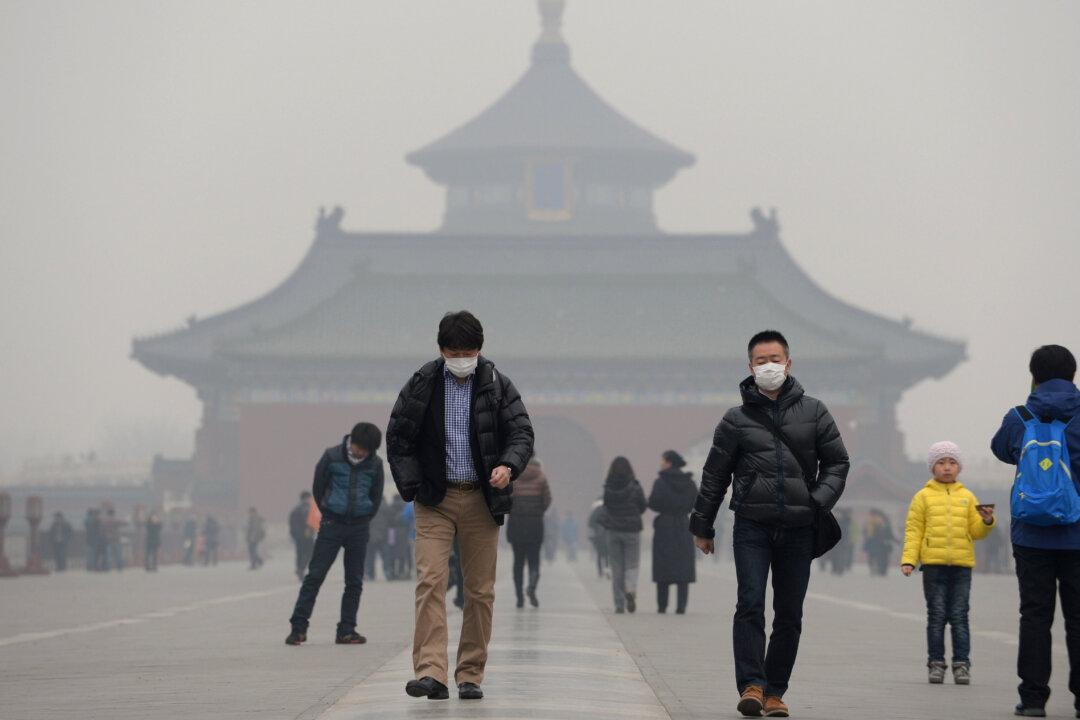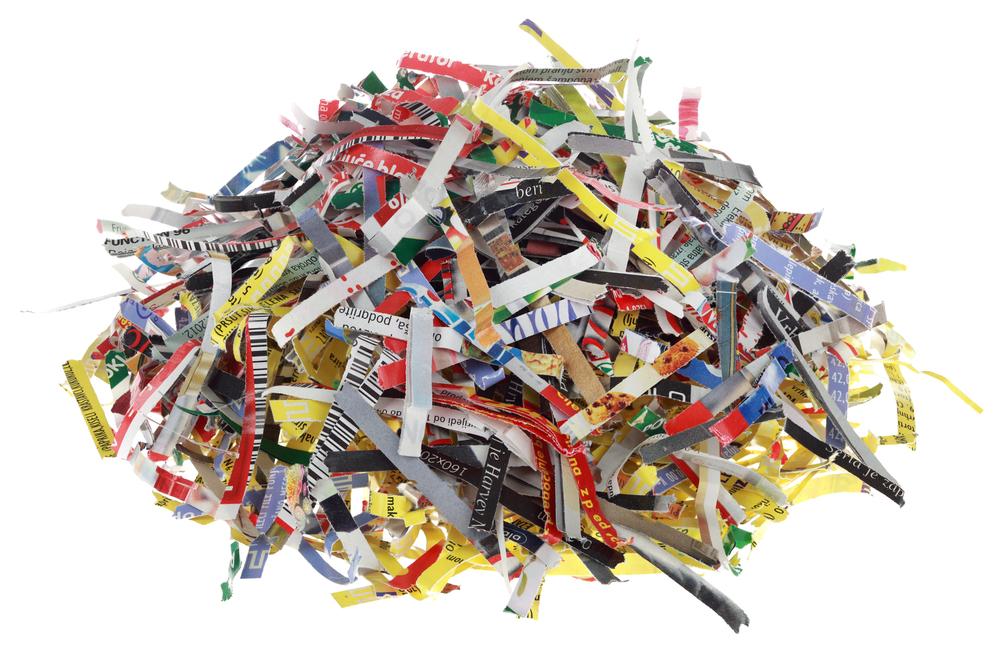The social media comments of people in China’s megacities can give environmental scientists information about local pollution levels.
A new study shows that the frequency of key words like dust, cough, haze, mask, and blue sky can be used as a proxy measurement of the amount of airborne particulate matter in the country’s urban centers at any given time.
Rice University researchers culled the words from millions of posts to China’s Weibo, a popular microblogging platform. Rice computer scientists collected the data for a study on Chinese censorship of social media three years ago.

Rice researchers decided upon a set of bigrams — key terms in the form of two consecutive symbols – related to air quality and searched for them in a set of 112 million Weibo posts gathered between 2011 and 2013. The terms were collected from a database of 40 million Chinese bigrams and used to correlate pollution with air-quality reports from US embassies in four megacities. The 10 bigrams above are only part of the set they used. Rice




